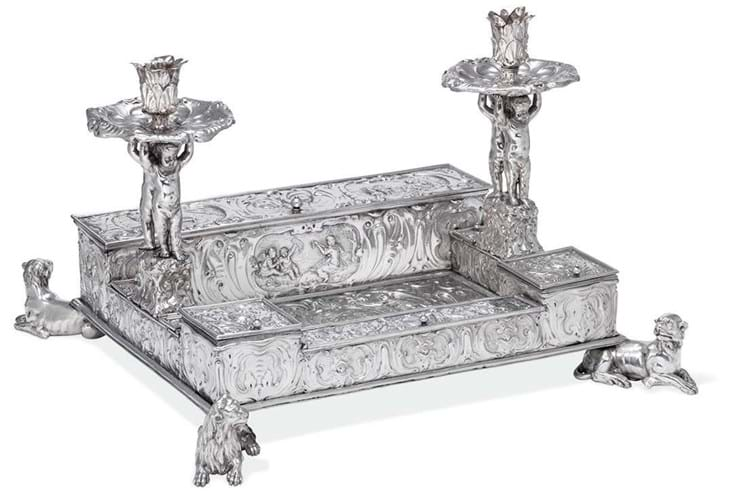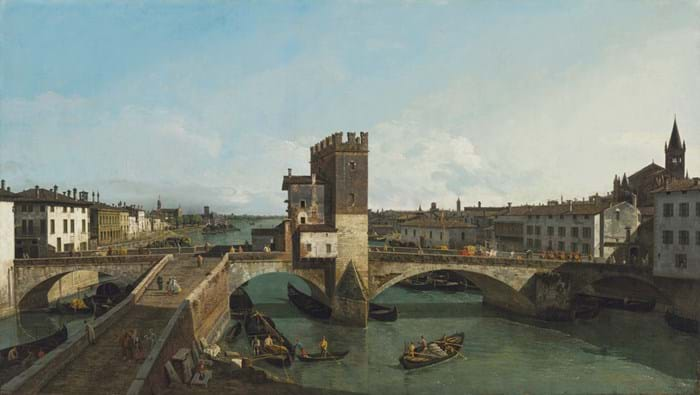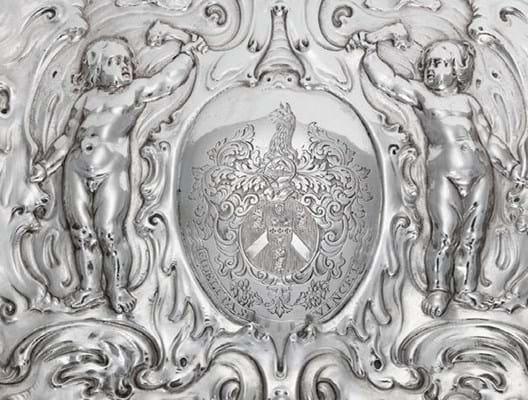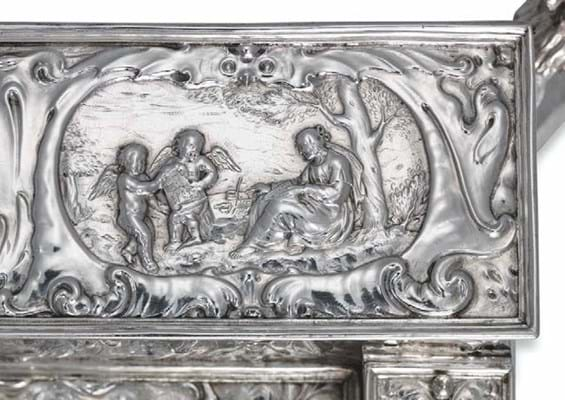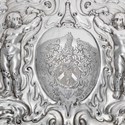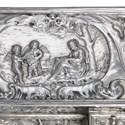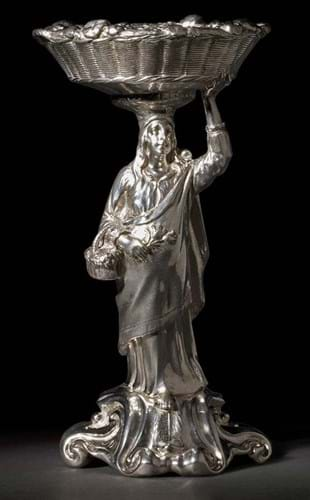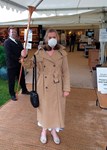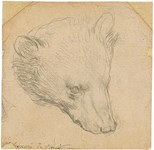After a difficult period due to the pandemic, last week’s series yielded a more favourable crop of consignments.
In terms of Old Master pictures, Christie’s had the pick of the works on this occasion and posted the top lot of the week when a view of Verona by Bernardo Bellotto (1721-80) sold at £9m, even though the hammer price was some way below the £12m-18m estimate. The price with premium added was £10.6m.
It helped Christie’s Old Master evening sale on July 8 to a £45.3m total (including premium) with 46 of the 59 lots selling on the night (78%), a figure that surpassed the £17.2m from Sotheby’s equivalent sale the previous evening where 28 out of 49 lots sold (57.1%).
Earlier that day, the Exceptional sale at Christie’s generated a premium-inclusive £19.5m from 39 lots (of which 30 sold) and was topped at £7.5m by one of the last few Leonardo drawings in private hands (see news story).
In terms of the decorative arts, the outstanding lot was a tour de force of Charles I silver: the so-called Seven Liberal Arts inkstand (pictured top). Estimated at £1m-1.5m, it sold to a bidder in the room at £1.6m (£1.94m including premium).
Although it carries the mark of Alexander Jackson (London 1639), it is thought that the chased auricular ornament of scrol ls, cartouches and grotesque masks was completed by Christiaen van Vianen (c.1601-67).
The son of the celebrated Utrecht goldsmith Adam van Vianen (c.1569-1627), he worked intermittently in the court of Charles I (and again following the Restoration in 1660). At the time only freemen of the Goldsmiths’ Company were entitled to have silver assayed, so it was not uncommon for goldsmiths such as Jackson to submit foreigners’ work for hallmarking on their behalf.
The seven allegorical scenes (seemingly original compositions rather than based on print sources) represent Geometry and Arithmetic, Astronomy and Grammar, Music, Dialectic and Rhetoric. The coat-of-arms to the back is that of the MP, post-master general and investor James Craggs (1657-1721).
This celebrated piece has appeared at Christie’s on two previous occasions: in 1893 (£446) and again in 1970 when, sold for a world-record £78,000, it was acquired by dealer Cyril Humphries and passed to the present owner. Until this year it was on a long-term loan to the V&A.
The price is the second highest for English silver – more than the £1.35m paid at Christie’s in 1991 for the Paul de Lamerie, Maynard sideboard dish, but below the £2.2m bid at Sotheby’s 2010 for the Raby wine cistern by Philip Rollos.
However, Vianen family silver has made more: a Dutch ewer with medal l ions recounting the Roman myth of Marcus Curtius dated 1619 sold at Christie’s New York in 2018 for $5.4m (including buyer’s premium).
Father’s work
Sotheby’s £3.9m Treasures sale on July 6 (32 lots of which just 15 sold) was led by a Dutch silver standing salt by Christiaen’s father Adam van Vianen (Utrecht, 1621), sold at the lower end of a £600,000- 800,000 guide.
The 8in (20cm) figure of Flora, with the flat-chased signature ADV conjoined and the date 1621, appears to have been part of a British private collection since the early Victorian period when the lining was replaced and a number of copies made by London silversmiths Charles Thomas and George Fox.
It was formerly owned by Dutch collector Dr Anton CR Dreesman and was acquired privately from his estate in July 2002.
A similar figural salt from 1624 depicting Galatea seated on a fantastical sea monster sold for £850,000 as part of Sotheby’s Treasures sale in 2018.
Christie’s sale included a third seven-figure lot in the form of an autograph manuscript by Isaac Newton.
The sheet comprises revisions to three sections of the first edition of the Philosophiae naturalis principia mathematica, with 27 lines in Newton’s hand and nine by the Scottish mathematician and astronomer David Gregory.
Imported for sale and subject to 5% duty on the hammer price, it was a lot in which Christie’s had a financial interest but generated plenty of bidding before selling at £1.4m.
A further report of the London Old Master sales will appear in Art Market in a future issue.


